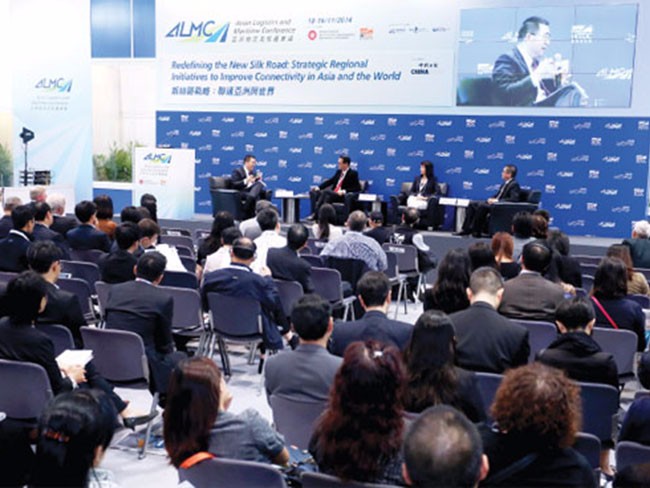2014-11-24

Economic ties — a useful and constructive tool to build up mutual trust — are by far the best solution to the turbulent China-ASEAN (China and the Association of Southeast Asian Nations) relationship, experts said. Despite global attention being fixed to the geostrategic discord between China and ASEAN, this year marks the start of a “diamond decade” for cooperation between China and the bloc. Investment between China and ASEAN countries hit $120 billion by the end of June this year, with $40 billion from China and $80 billion from ASEAN. Trade between China and the southeast Asian grouping jumped by 10.9 percent to $444 billion last year, eclipsing the 7.6-percent increase in China’s total foreign trade. Investment and trade flows, turning from a trickle to a flood, showcase the close bilateral links at the economic level. Raw materials, such as agricultural and mineral goods, form the bulk of ASEAN’s exports to China, while China looks to ASEAN markets to export its capital goods, said Li Yao, chief executive officer of China-ASEAN Investment Cooperation Fund (CAF), adding he believed that China does rely on ASEAN, but ASEAN relies much more on China. Although an unstable political environment and a deficiency of clear regulations may put some ASEAN countries’ development at risk, Li said he wasn’t that concerned about the issue. The broader picture is many ASEAN countries are becoming more open to foreign countries and the handsome fruits from cross-border trade and investment would offer incentives to politicians to address the conflicts and improve the regulatory framework, he said. As a prompt response to the region’s soaring e-commerce, whose current nascent e-tail market grosses are between $548 million and $1.1 billion, but are set to rise five-fold by 2020, Li said CAF will keep investing in logistics and basic infrastructure facilities in the region in the following years. “So far, we have several proposals to promote business in Indonesia, the Philippines and the Indochina Peninsula, and we are actively seeking collaboration with mainland e-commerce giants to develop facilities like storage, logistics, shipping, on-land transportation systems,” he said. Although it’s still a long way to go before ASEAN can match the 8 percent and 8.7-percent market share of e-tail in China and the US, Li believes the problems and challenges of low credit-card penetration, inefficient supply chains and inhibitive Customs and tax regulations could be solved step by step. Apart from public investment, Li said investment from the private sector — one of the most innovative powerhouses of the economy — should also play a constructive role in executing the strategic thinking of the Maritime Silk Road and the Free Trade Area of the Asia-Pacific promoted by China. http://www.chinadailyasia.com/2014-11/24/content_15194724.html